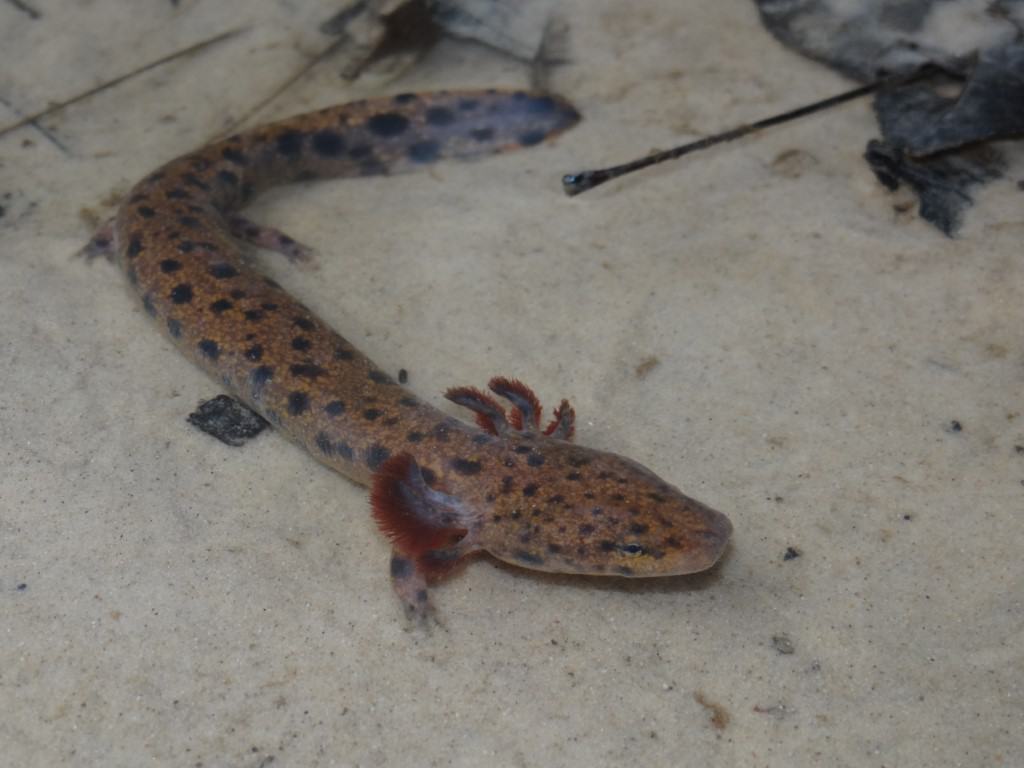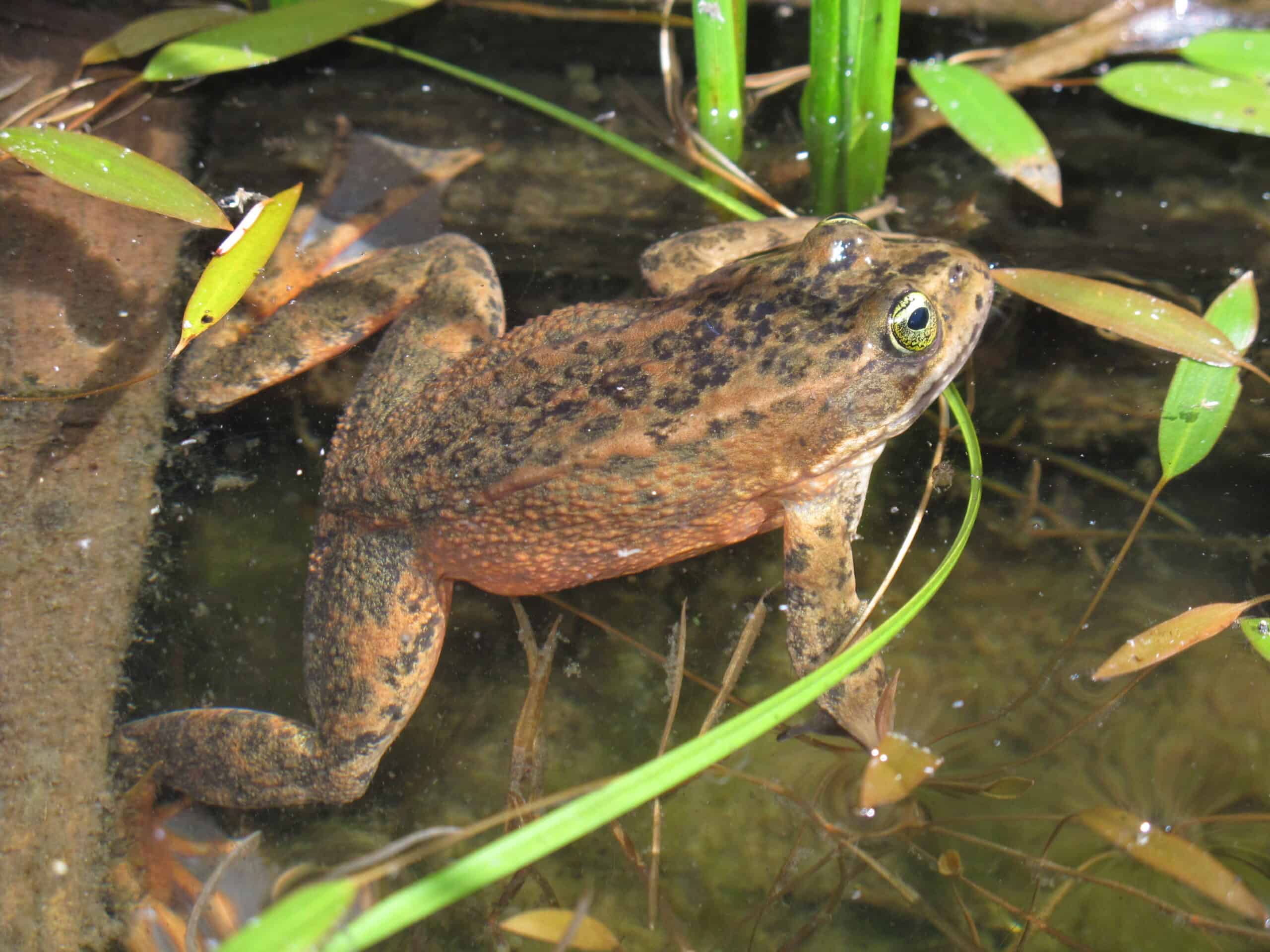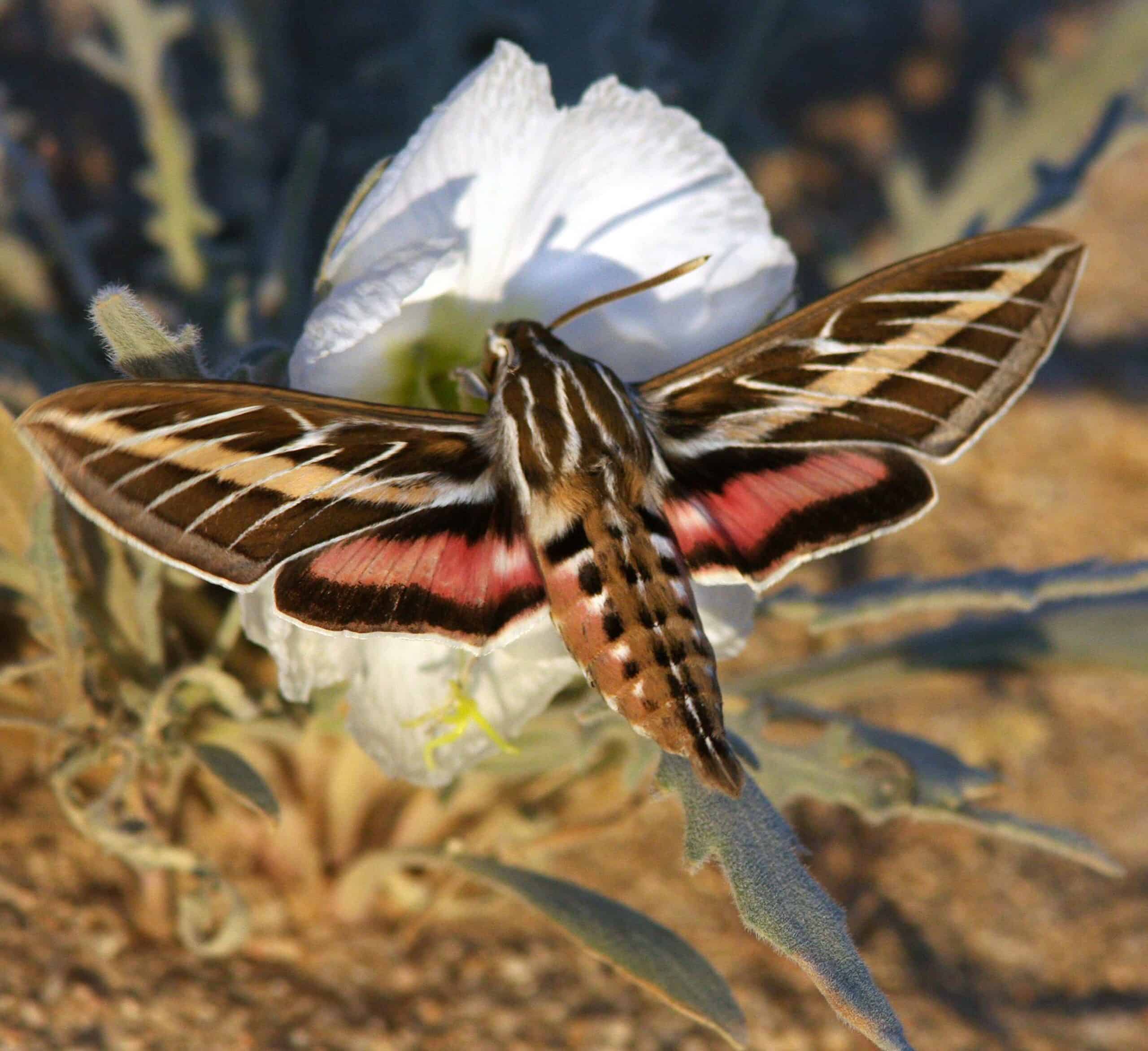Share this article
Wildlife Featured in this article
- Gulf Coast waterdog
- mudpuppy
- two-lined salamander
- western toad
- Oregon spotted frog
- California red-legged frog
Researchers get baseline data for contaminant in U.S. amphibians
Understanding methylmercury levels can help determine when species may be at risk from the toxin
Scientists recently uncovered variations in methylmercury concentrations in U.S. amphibians. While researchers don’t yet know at what concentration the chemical can be harmful, the researchers hope the data can shed light on which species may be at risk from exposure.
Biologists have been interested in how contaminants like mercury affect amphibians, because they live in aquatic environments where they are more exposed to some contaminants compared to terrestrial species. Formed when mercury is converted by microbes in water, methylmercury can be extremely toxic, adding another potential risk to species already threatened by habitat loss and disease.
In a study published in Environmental Science and Technology, 22 collaborators from across the U.S. contributed data to help determine methylmercury levels in 3,200 individual amphibians, representing 14 species from 26 populations.
“There’s been a lot of work on mercury in different taxa, including experimental studies, but what hasn’t been done is a both geographically and taxonomically large study with amphibians that’s comprehensive and at a national scale,” said USGS biologist with the Northern Rocky Mountain Science Center, Brian Tornabene, the study’s lead author.

All of the research was collected in nonlethal ways as part of long-term studies. One strategy involved determining mercury levels in dragonflies that occupied the same areas as amphibian species. “Dragonflies could be used as an indicator of bioaccumulation. And this is especially important for vertebrate species that are hard to capture, rare, or, more importantly, if they’re endangered species that we want to limit our influence on,” Tornabene said.
The researchers found a 33-fold difference in methylmercury concentrations in amphibians across sites and some key differences between species. Salamanders generally had higher levels than frogs, with the highest concentrations in species like Gulf Coast waterdogs (Necturus beyeri) and mudpuppies (Necturus maculosus) in Louisiana and two-lined salamanders (Eurycea bislineata) in Maine. Those with the lowest mercury levels included western toads (Anaxyrus boreas) in Montana and the Oregon spotted frog (Rana pretiosa) in Oregon and the California red-legged frog (Rana draytonii) in California.
“This is kind of a jumping-off point,” Tornabene said. “Before we had a limited look at methylmercury in populations across the country. Now, we have more of an in-depth look, and we’ve identified some populations that have higher methylmercury than others.”
This can help researchers identify sensitive populations, he said. When experimental studies nail down what levels might put species at risk, scientists can return to this study to see which populations have reached these levels or resample them to see how levels have changed.
“We hope to use the information reported in this first paper to estimate how methylmercury affects vital rates, such as survival, of adult amphibians at a subset of sites,” said Blake Hossack, a research zoologist at the USGS Northern Rocky Mountain Science Center and principal investigator of the paper.
Tornabene said high levels of mercury in amphibians is concerning as it can bioaccumulate and biomagnify up the food chain, so other animals that eat them could build up higher mercury levels.
“There’s also a potential for movement of methylmercury,” he said, meaning the toxin could travel in the amphibians from aquatic habitats to contaminate organisms in terrestrial ones.
Header Image: Oregon spotted frogs had some of the lowest concentrations of methylmercury. Credit: USGS FRESC.








